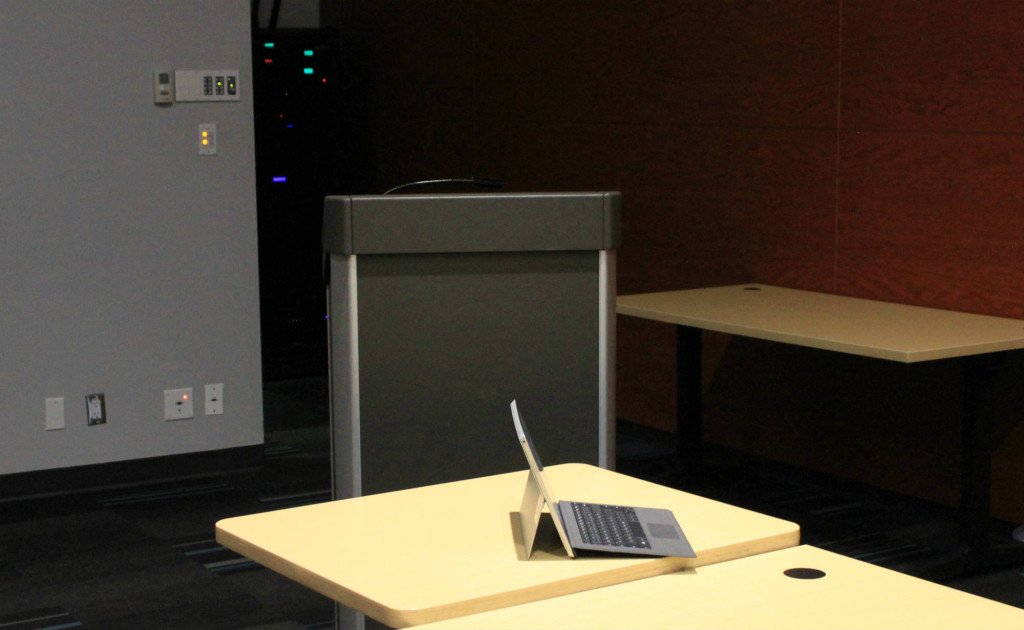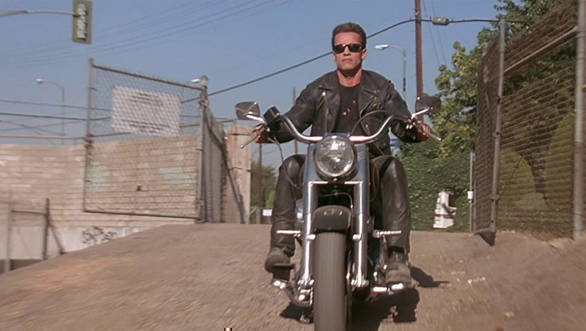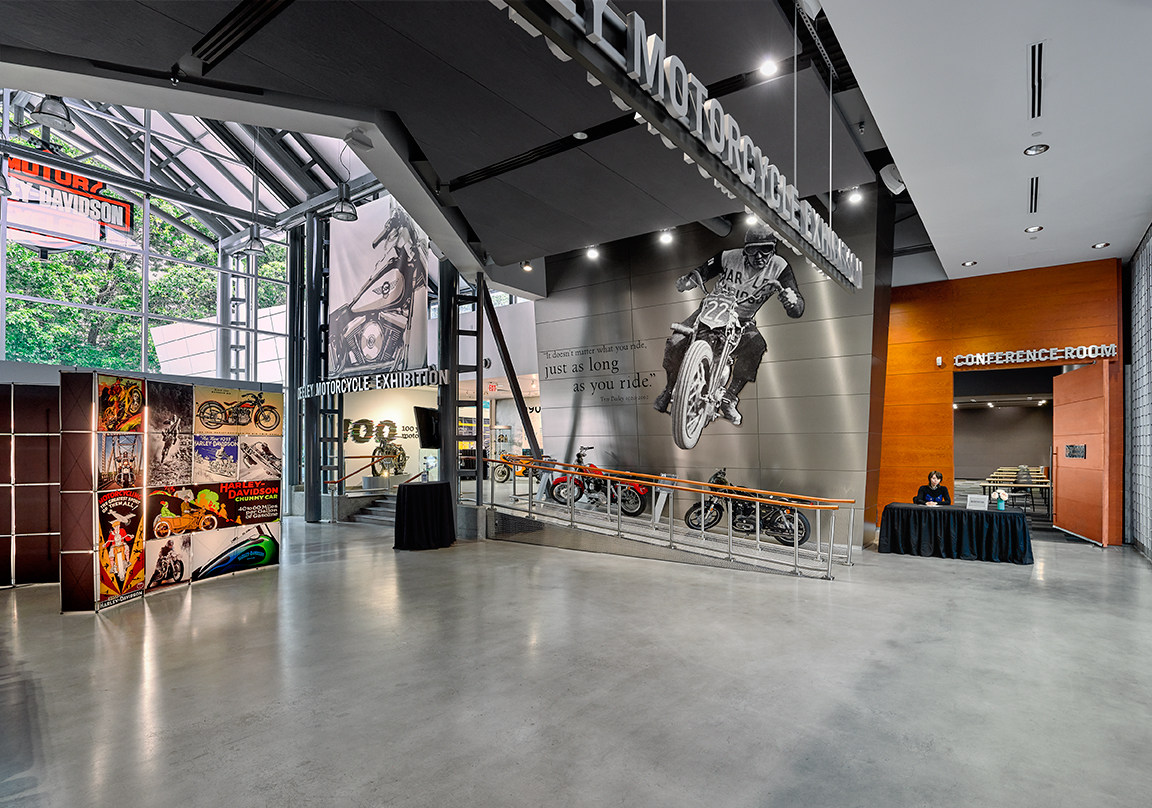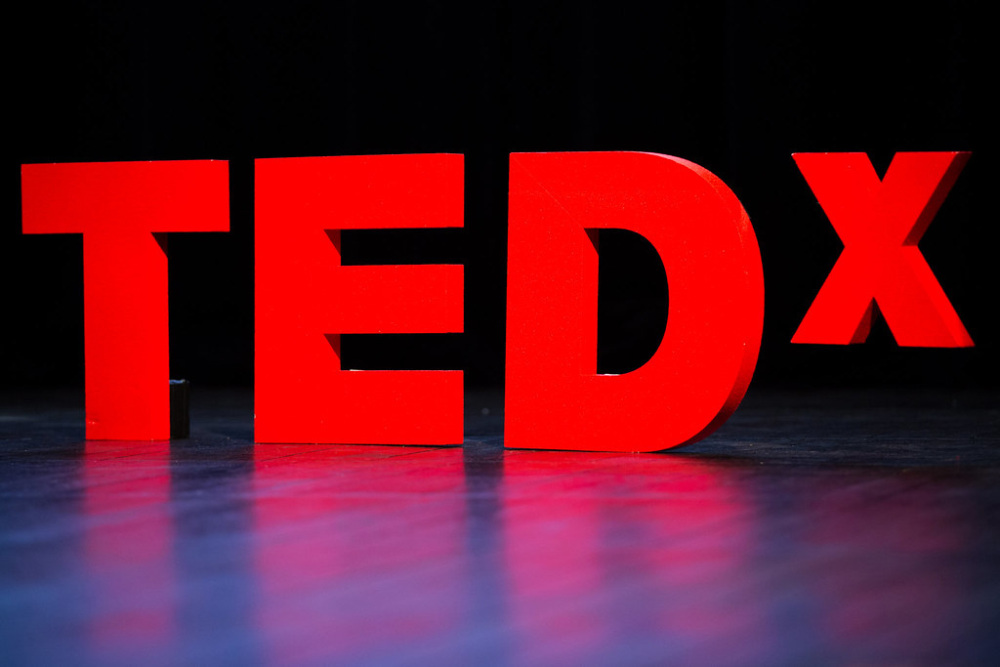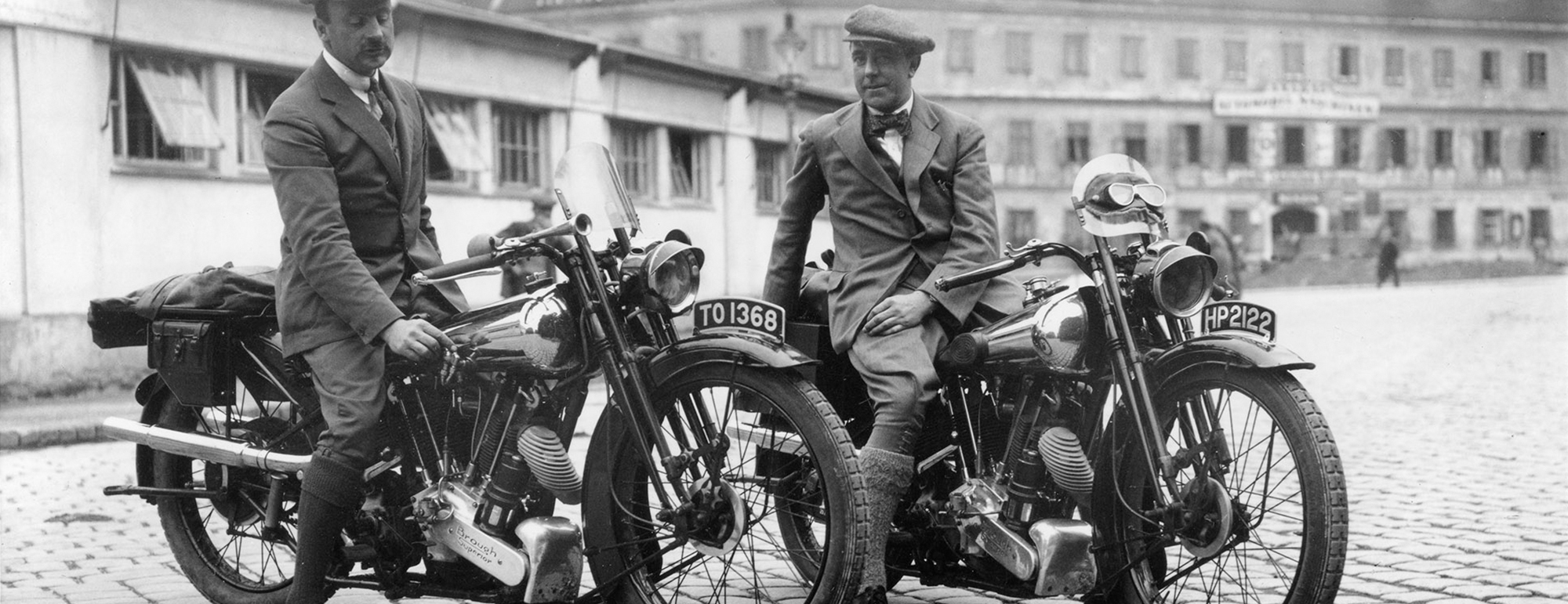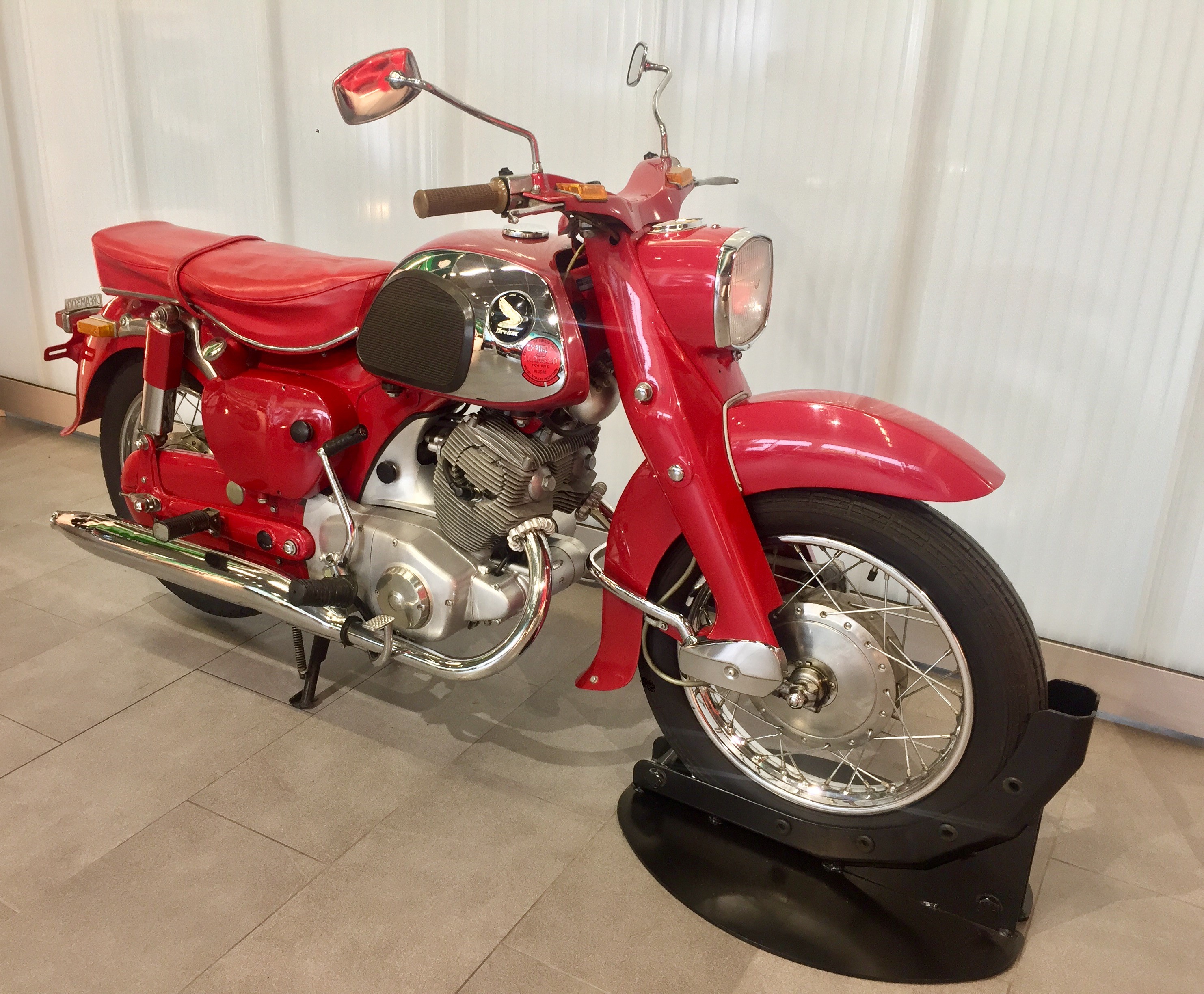Dying of ‘death by meetings’? We’ve all had meetings where conversation runs at tangent from the important issues, people come unprepared, or there are people involved in the meeting who don’t really need to be there. The end result of these meetings it that they’re often a colossal waste of time.
This is not an exaggeration. The problem is prevalent enough that Harvard Business Review built a Meeting Cost Analyzer to help you find out approximately what your meeting costs in terms of lost productivity.
The problems which lead to derailed, sidetracked, and ineffectual meetings are often the result of a poorly designed and communicated agenda.
An effective agenda lets team members an attendees know what to bring, how to prepare, who has the floor and when, and what the takeaways will be when the meeting is finished. A well-designed agenda facilitates a team’s ability to address issues and problem-solve in the shortest possible time, and clearly identify who has responsibility of the action items, before leaving the meeting.
Agenda Kung-Fu
If you want to really exercise your acumen, we’ve laid out a pattern which will help you to streamline and accelerate the pace of your meetings. If you use the below workflow, your meetings will get shorter. The better you get at it, the faster you’ll be able to move through it. Just be consistent.
Put it all on the table: Before you even mention a meeting, get everyone’s aches and pains on the table. Go to each team member and get their roadblocks, issues, pending approvals, et cetera, and list it all out. Sort it based on importance and precedence: if it’s not critical and not holding something else up, can it for an email thread. (Honestly, how many meetings have you been in that could have been replaced by an email?)
Sort what’s there: Once you’ve eliminated anything that can be answered out of a meeting, look at the second tier of asks: those things which can be handled in a short, tactical huddle instead of a strategic meeting. If the answer someone needs can be arrived at in a problem-solving session, or by getting the right people in the room, make it a small meeting with only the required people. Get those out of the way before you inconvenience team leads and other managers with bigger meetings. These smaller meetings, or groups of smaller meetings, are a great opportunity for recurring weekly or monthly half-day planning sessions and huddles.
Invite the key players: It’s a short rule… “If someone doesn’t need to be in a meeting, don’t invite them.” It seems like an obvious rule, and one many people try to follow, but it’s one that gets broken all the time. Often we invite people because we want them to feel included, or because they may present a fresh perspective – this can be good for envisioning meetings, depending on your industry – but more often than not you’re only adding time and confusion to a meeting. If an attendee doesn’t play a critical role in the meeting, or doesn’t possess some unique skill, expertise, or perspective the other members lack, (or the thing being discussed isn’t their direct responsibility) don’t waste your time or theirs. Leave them out of the meeting.
Keep it timely: It’s the chair’s responsibility to keep the show moving. The chair needs to be empowered to cut people off without hurting people’s feelings (and this needs to be established by the leadership from Day 1). Establish a neutral sign for telling someone to wrap it up. This can be a hand gesture, a light knock on the table (like signalling a ‘stay’ in poker), or even holding up a card. If any one person talks for longer than 60 seconds and they’re not communicating valuable, actionable information: cut it off, summarize their point, and move on.
Recap, recap, recap – Use the Rule of ‘W’: What may be the most powerful question you can ask in a meeting, in terms of efficiency. If you’re focused on GSD (Getting S#$% Done), send the following out a week before your first meeting, and send an After-Action Email following every meeting thereafter going forward.
- What’s good? – What were the big wins? Are you on time? On budget?
- What’s bad? – What big thing didn’t get done, what failed, or what needs fixing?
- What’s at risk? – Is there a looming deadline? Is a client about to walk?
- What did we get done last period/meeting? – Or, get the small stuff out of the way. Use this as a checklist to measure progress.
- What are we doing this week/now? – What needs to get done for the bigger above items to move forward?
- What decisions/approvals are outstanding? – Has everything been signed off on? Is the decision maker on the call/in the room? Why not?
- What stands in the way? – See above. If it hasn’t been addressed by the time you get to this point, it’s likely something you’re waiting on from someone else. Usually sub-trades, contractors, service providers, or business partners. What is the shortest path to clearing these roadblocks?
Note: The above isn’t just for project meetings or committee decisions… The ‘Rule of W’ process is absolutely relevant to design meetings. Good design is not smoke and mirrors; it is iterative, solution-oriented, audience-aware problem solving. Design is almost never right on the first try [when it is, reward the person who designed it]. Good design is artisanal, and it depends on smart people applying active listening, adjusting for fit, and stakeholders providing meaningful feedback which takes into account the business objectives. Your designers absolutely need to be in on design meetings.
Define Ownership: Once you’ve given a good run-through of the ‘Rule of W’, in the order listed above, lay out who’s responsible for each of the action items by the next meeting. Set a deadline for early response, and follow-up dates. For example: if you’re waiting on a service install by a partner before the next thing can get underway, identify whose responsible for confirming the dates, troubleshooting for completion, and follow-up once it’s done so the other team members know to start their tasks.
After-Action Email: Make sure that you capture the above in an email and it goes out to everyone who was in attendance. That way they can share it with their reports and subordinates as an FYI, or for the purposes of delegating smaller tasks when they need help. It should be skim-able. Keep it short. Bullets are best. (See below for an example email.)
Review for success: Before you leave your meeting, every meeting ask ‘What worked and what didn’t?’ Taking 3-5 minutes to review and identify what is working, what isn’t and who does/doesn’t need to be in the next meeting will help you shave valuable meeting time and let people get on with doing their jobs.
After Action Email
Here’s a sample after-action email for a meeting addressing the brand rollout and office expansion for an industrial services company.
Brand Meeting After Action Email (03/19/2016)
Fr: dmatthews@somecompany.net
To: project-team@somecompany.net
Cc: leadership@somecompany.net
Hello ladies and gents. Here’s the AAE for today’s meeting. Next follow-up is next Thursday at 10:30 am. Same attendees.
Good: Selected printer for letterhead and business cards, go-ahead on design of new brand website, and estimates received from designers for fleet vehicle wraps.
Bad: Costs are +10% higher on vehicle signage due to USD change.
Risk: Designers don’t have template for new Nissan cargo van, recommend hold off on acquisition of those vehicles until templates received from Nissan.
Last Period: Put out RFQ for letterhead/documentation design, close logo design, and receive fleet agreements.
This Period: Proceed with Ford fleet agreement and vehicle wraps (David). Sign-off on pending new office lease, and signage install (Bryan).
Pending Approvals: New office hiring documentation (Amanda). Budget and operating line for new office furnishing, equipment, and payroll (Janice).
If you’ve got regular meetings you’re committed to and need a secure, private location with ample free parking, accessible to downtown Vancouver, Burnaby, Coquitlam, and New Westminster, give Deeley Exhibition a call. We offer half-day, full-day, and evening bookings for our meeting room.
